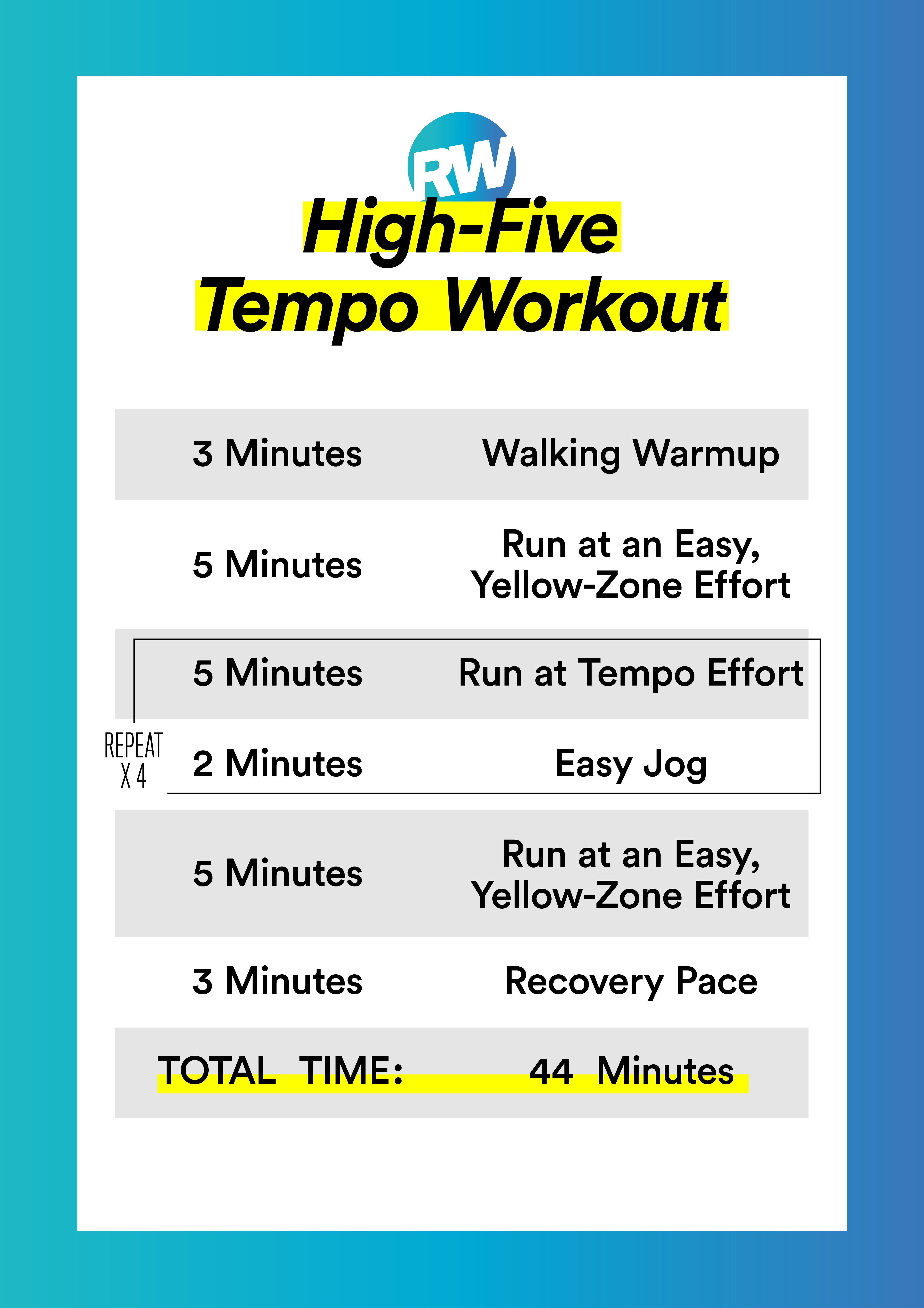The Ultimate Guide to Dealing With Discomfort When Running
Whether you are a seasoned marathoner or simply starting your running trip, understanding the numerous types of discomfort that can emerge and the techniques to resolve them is critical. From pre-run warm-up regimens to correct shoes choice, there are numerous variables to think about when it comes to dealing with discomfort while running.

Recognizing Various Kinds Of Running Pain
When running, it is necessary to distinguish between various kinds of pain to protect against injuries and optimize efficiency (Read More). One common kind of discomfort that joggers may experience is muscle mass pain, which usually develops from the stress and anxiety put on muscular tissues throughout exercise. This type of discomfort is often a normal part of the running process and can be managed with proper workout, cool-down, and stretching regimens
Another sort of discomfort to be mindful of is joint pain. Joint discomfort can indicate problems such as overuse, inappropriate form, or underlying conditions like joint inflammation. Neglecting joint discomfort can bring about more severe injuries, so it is critical to attend to any kind of discomfort quickly and possibly seek expert guidance.
In addition, sharp or stabbing pains must not be overlooked. These types of discomfort can indicate intense injuries such as stress, sprains, or stress and anxiety fractures - running workout. Remaining to go through these kinds of pain can intensify the injury and prolong healing time

Pre-Run Warm-Up and Extending Regular
To prepare the body for a running session, applying an effective pre-run warm-up and extending routine is crucial. An appropriate warm-up assists enhance blood flow to the muscles, enhances versatility, and lowers the risk of injury throughout the run. Begin with vibrant stretches like leg swings, arm circles, and high knees to gradually elevate your heart rate and loosen up the muscle mass. Dynamic extending aids imitate the movements you'll be doing while running, preparing your body for the task in advance. Follow this with fixed stretches focusing on major muscle groups such as the hamstrings, quadriceps, calves, and glutes. Hold each go for regarding 15-30 seconds without bouncing to promote muscle mass leisure and flexibility. Keep in mind to pay attention to your body and readjust the strength of your warm-up based upon your fitness degree and any pre-existing conditions. By incorporating a regular pre-run warm-up and extending routine into your running program, you can optimize performance and minimize the risk of discomfort or injury.
Proper Footwear Selection and Fit
Selecting appropriate footwear that fits well is crucial for runners to stop pain and reduce the threat of injuries. Uncomfortable shoes can cause blisters, black toenails, shin splints, and other uncomfortable conditions that can impede efficiency and sideline training. When picking operating footwear, it is important to think about factors such as foot kind, running stride, arch assistance, padding, and footwear dimension. running strategy. Visiting a specialty running store for a gait evaluation and expert installation can assist make sure that you choose the right shoes for your specific demands. Running footwear ought to supply ample assistance and security while likewise fitting and lightweight. In addition, it is advised to replace your running footwear every 300-500 miles to preserve appropriate padding and assistance. Investing in premium footwear that is appropriate for your running style and foot makeup is a positive action in the direction of stopping discomfort and injuries throughout your runs.
Nourishment and Hydration Tips for Pain Avoidance
:max_bytes(150000):strip_icc()/running-longer-or-faster-31e97070bda14ffc8afdea52094504c7.jpg)
Hydration is just as essential for runners to stay clear of pains, dehydration, and other discomforts that can lead to pain during running. By focusing on nourishment and hydration, runners can improve their performance, lessen discomfort, and appreciate a much more comfy running experience.
Post-Run Recovery Techniques to Ease Pain
Executing reliable recuperation techniques is essential for minimizing discomfort and promoting muscle mass recuperation after running sessions. One key post-run healing technique is stretching. Integrating fixed go for major muscle teams can assist decrease muscle mass stress and pain. Foam rolling is another helpful technique to release muscle tightness and boost blood flow to the muscular tissues, helping in quicker recovery. Additionally, topping sore locations for 15-20 mins can help reduce click site inflammation and numb pain post-run.
Taking in a well balanced snack or meal that consists of protein and carbs within 30 minutes of completing a run can help repair muscle mass tissue and restore energy stores. By integrating these post-run recovery methods right into your regimen, you can efficiently manage discomfort and enhance your running efficiency.
Verdict
In final thought, attending to various kinds of running discomfort through proper workout, stretching, shoes option, nourishment, hydration, and post-run recuperation strategies is essential for pain avoidance and management. By understanding the sources of discomfort and applying these strategies, runners can lessen pain and possible injuries. It is critical to focus on general physical health and wellness to make sure a successful and enjoyable running experience.
Comments on “Release Your Possible: Running Strategy Essentials for Peak Performance”